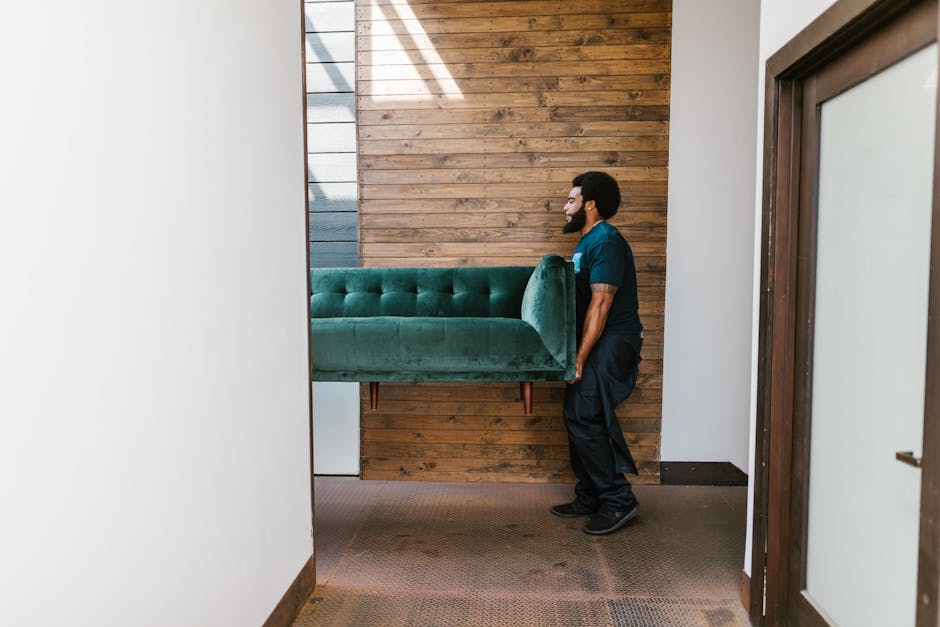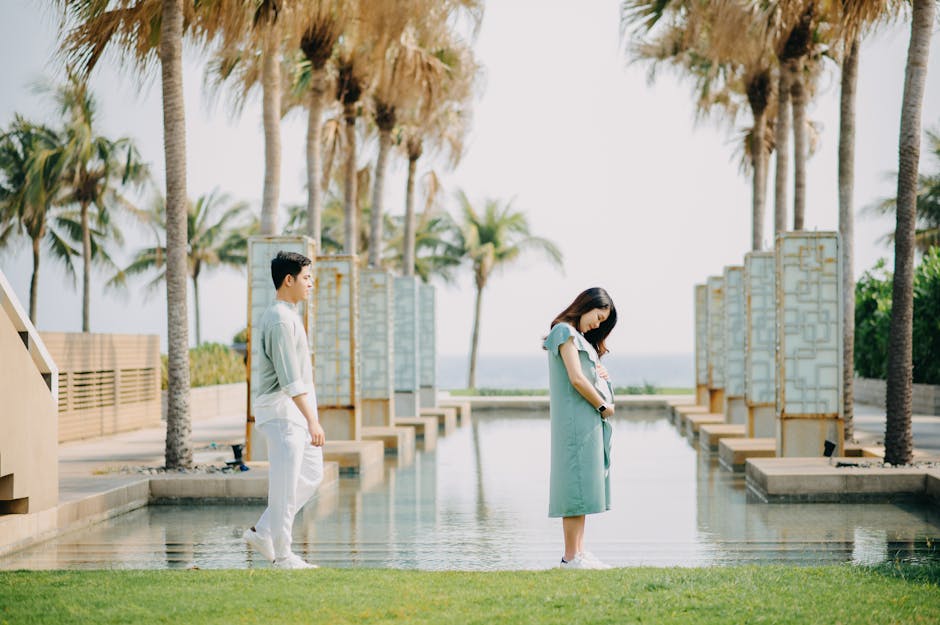
Smartphone Portrait Mode: The Technology Behind the Blur
Smartphone Portrait Mode: The Technology Behind the Blur
In the age of smartphone photography, few features have captivated users as much as portrait mode. With just a tap, our phones can transform an ordinary snapshot into a stunning image with a beautifully blurred background, mimicking the look of professional DSLR cameras. But how does this magic happen? The technology behind portrait mode is a fascinating blend of hardware and software innovations working in harmony to create that coveted bokeh effect.
The Hardware: Dual Cameras and Depth Sensing
Early implementations of portrait mode relied on dual-camera systems. By using two lenses slightly offset from each other—much like human eyes—the phone captures two slightly different perspectives of the same scene. This disparity allows the device to calculate depth information, distinguishing the subject from the background. Some smartphones enhance this further with dedicated depth sensors or time-of-flight (ToF) cameras, which measure the time it takes for infrared light to bounce back from objects, creating a detailed depth map.
The Software: AI and Computational Photography
Even with advanced hardware, software plays a crucial role. Machine learning algorithms analyze the image to identify edges, textures, and facial features, ensuring the blur effect is applied precisely. Computational photography techniques refine the depth map, smoothing transitions between foreground and background. Some phones even simulate different aperture settings, letting users adjust the intensity of the blur after taking the shot.
The Future: Single-Camera Solutions and Beyond
As technology evolves, manufacturers are finding ways to replicate portrait mode with just a single camera. AI-powered depth estimation can now predict depth from a single image, making the feature accessible to more users. Future advancements may bring even more realism, with dynamic lighting effects and improved edge detection.
Portrait mode is a testament to how far smartphone photography has come—turning everyday moments into artistic masterpieces with nothing more than a pocket-sized device. The blur isn’t just an effect; it’s the result of years of innovation, bringing professional-quality photography to the masses.







